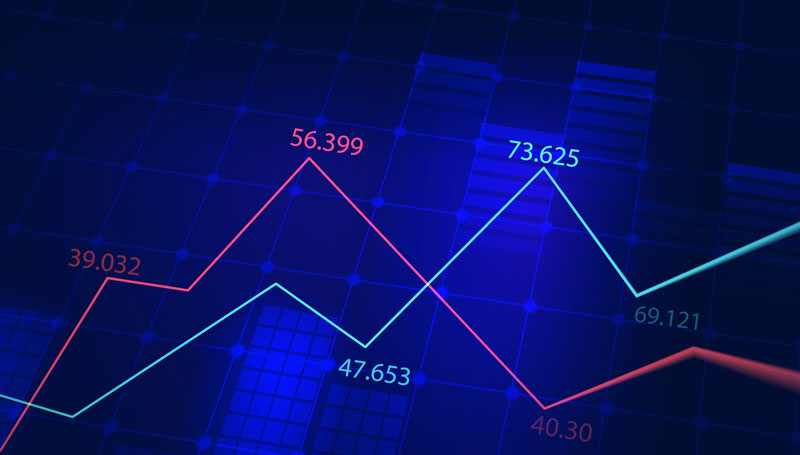

30.05.2022 – Has inflation peaked or not? And how will the Federal Reserve respond? These two questions in particular are important for the stock market. Two investment banks have dared to look into the crystal ball.
Relief for the bulls: Wall Street has recently made up considerable ground. For Citibank, this is mainly due to the inflow of pent-up capital before the end of the month – the institution registered in recent days the highest buying level since March 2020. Also, the latest minutes from the Federal Reserve turned out less hawkish than expected – and so the interest rate fears faded for now. Bear market rally or trend reversal? In any case, the Dow Jones in the daily chart is first trying to return from the oversold situation to the 50-day moving average. The next stop would then be the 200 line above it.

Quelle: Bernstein Bank GmbH
However, there may be other factors behind the recovery. In a roundabout analysis, for example, Goldman Sachs just pointed to the importance of peak inflation. The peak in inflation could herald a recovery for equities. The bank looked back to 1950 and discovered twelve peaks with inflation rates above 3 percent. Normally, the market runs upward after such a peak, it said. We think: The art is thus to recognize the high in the price increase.
Peak inflation
However, Goldman Sachs continued, investors need other support on the way up. For example, a strong economy: Interestingly, the peak is sometimes followed by a weak phase in the economy, as happened in the 1950s, 1960s and 1980s. An exception was 1974. Market valuation is also important. In 2001, for example, the stock market continued to fall after the high in inflation because prices were overvalued. After September 2011, it went up again – because the S&P 500 was only valued at eleven times. Also important, according to Goldman, are falling interest rates.
Strong economy – falling interest rates – low valuation
October 1990, he says, is a good example of all these factors coming together: the market rose 30 percent in the 12 months after peak inflation, according to the Goldmen. And then a warning: if inflation remains sticky high – we add: if there is a plateau rather than a real peak – it will be difficult for the stock market. The moral of the story: the bulls need low valuations (so preferably a real sell-off beforehand), a strong economy, a significant dip in inflation, and the end of the rate hike cycle.
Fittingly, JPMorgan attempted a forecast: indirectly, the bank predicted three more 50 basis point rate hikes and then a pause starting in September. We add: If a recession emerges then, rate cuts will be back on the table. We hope that the analyses will help you with your trades and investments – and wish you good luck!
Important Notes on This Publication:
The content of this publication is for general information purposes only. In this context, it is neither an individual investment recommendation or advice nor an offer to purchase or sell securities or other financial products. The content in question and all the information contained therein do not in any way replace individual investor- or investment-oriented advice. No reliable forecast or indication for the future is possible with respect to any presentation or information on the present or past performance of the relevant underlying assets. All information and data presented in this publication are based on reliable sources. However, Bernstein Bank does not guarantee that the information and data contained in this publication is up-to-date, correct and complete. Securities traded on the financial markets are subject to price fluctuations. A contract for difference (CFD) is also a financial instrument with leverage effect. Against this backdrop, CFD trading involves a high risk up to the point of total loss and may not be suitable for all investors. Therefore, make sure that you have fully understood all the correlating risks. If necessary, ask for independent advice. CFDs are complex instruments and are associated with the high risk of losing money quickly because of the leverage effect. 68% of retail investor accounts lose money trading CFD with this provider. You should consider whether you understand how CFD work and whether you can afford to take the high risk of losing your money.7
